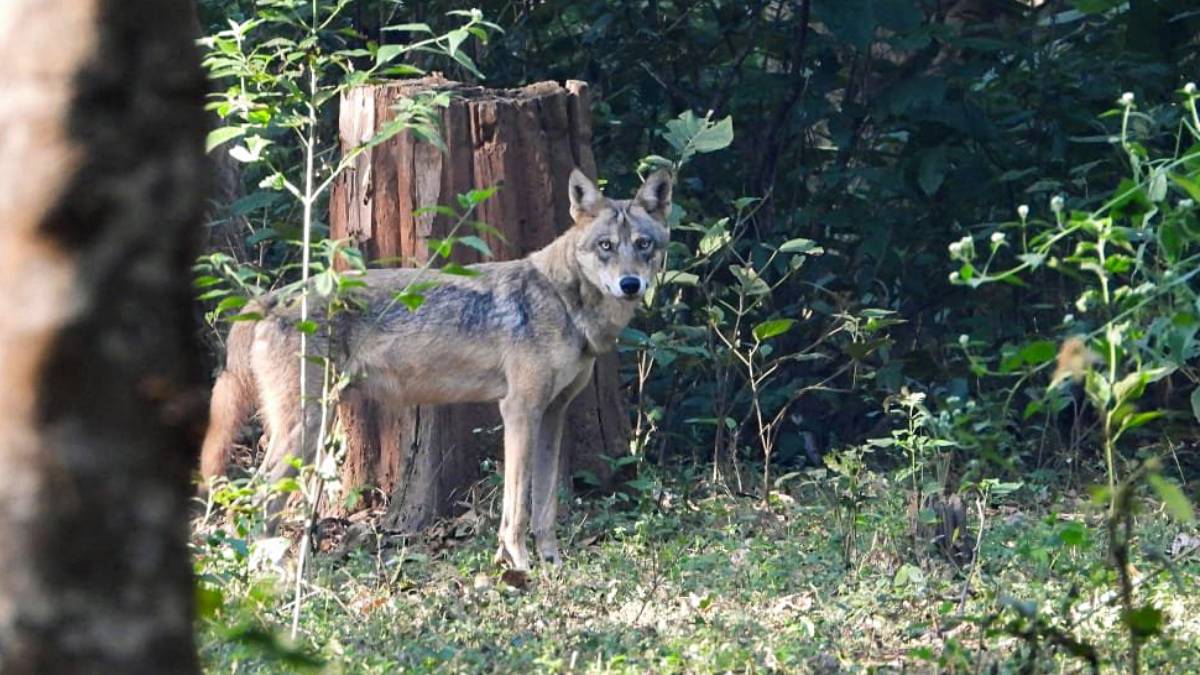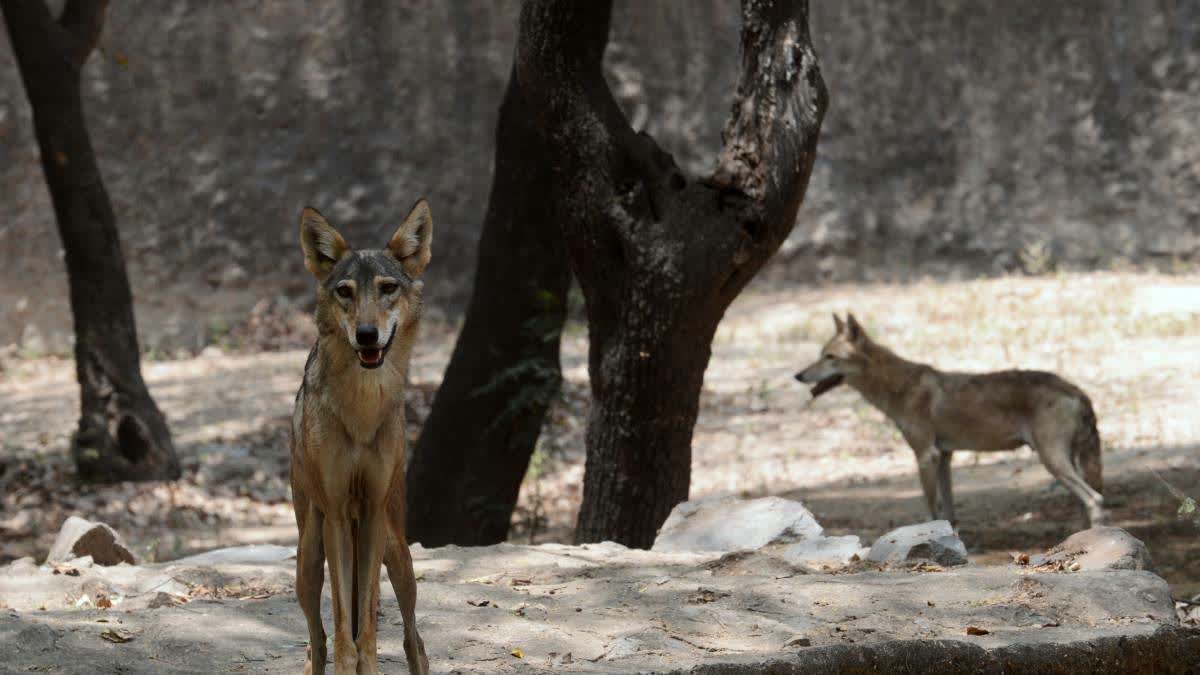Dehradun: After the recent wolf attacks, scientists from the Wildlife Institute of India (WII) are zeroing in on the number of wolves and their activities. So far, there has been no official census on wolves at the national level, and the initiative is gaining currency as this may reveal new facts about the animal.
Despite terrifying attacks that have claimed several lives in recent years, wolves are not enemies of humans. They play a significant role in biodiversity, especially agriculture, by indirectly helping farmers. This is because wolves control the number of wildlife in grasslands, such as Nilgai, Black deer, Wild boar and Chinkara. In this way, wolves are a boon for farmers to control the number of these wild animals that harm agriculture.
Some research papers published at individual levels throw light on the wolf estimate. Apart from this, the International Union for Conservation of Nature (IUCN) has prepared a list of Himalayan wolves for the first time, the report of which is yet to be made public.
Dr Bilal Habib, a senior scientist at WWI said the number of wolves has dwindled to 2,500-3,000 from a whopping 2 lakh. Although this study, expected to be completed in six months, is also not an official census by the Government of India, WWI has taken a keen interest in the felines.

Scientists are assessing the reason behind the series of wolf attacks in Uttar Pradesh. Wolves are not wild, and their habitat is grassland on the outskirts of dense forests. Shrinking hunting and breeding grounds may be causing the wolves to stray into human settlements, leading to unwarranted attacks. The matter of concern is that not only the hunting area of wolves but also their breeding area is getting affected.
Scientists believe that wolves' breeding grounds should be an area of one to one-and-a-half kilometres. Similarly, an area of about 200 square kilometres should be available for a group of wolves, but the continuous anthropogenic impact also affects these areas. Also, due to natural disasters, wolves often have to change their habitat.
The WII is working on a method to determine the exact number of wolves. Under this method, scientists first identify the wolf habitats across the country as wolves live in about 200 square kilometres. During this, they will also examine which habitats are better by looking at the number of wolves in an area, food availability and the possibility of disturbance. The final report will take an average of all parameters.
It must be mentioned that the Bahraich district in Uttar Pradesh has been the most affected by wolf attacks apart from Pratapgarh, Sitapur, Kaushambi, Sambhal and Jaunpur. The toll stands at 10 between March and September. Similar incidents were reported from Sehore and Khandwa of Madhya Pradesh and some places in Maharashtra.
Wolves are primarily found nationwide, especially in Uttar Pradesh, Madhya Pradesh, Gujarat, Rajasthan, Telangana, Andhra Pradesh, Chhattisgarh, Jharkhand and Karnataka.
Also Read:



